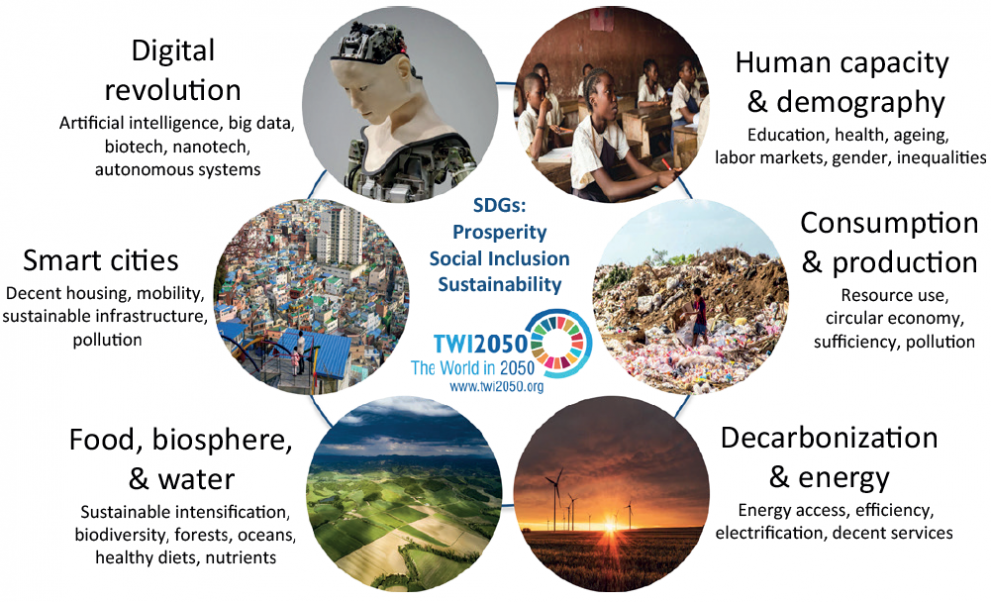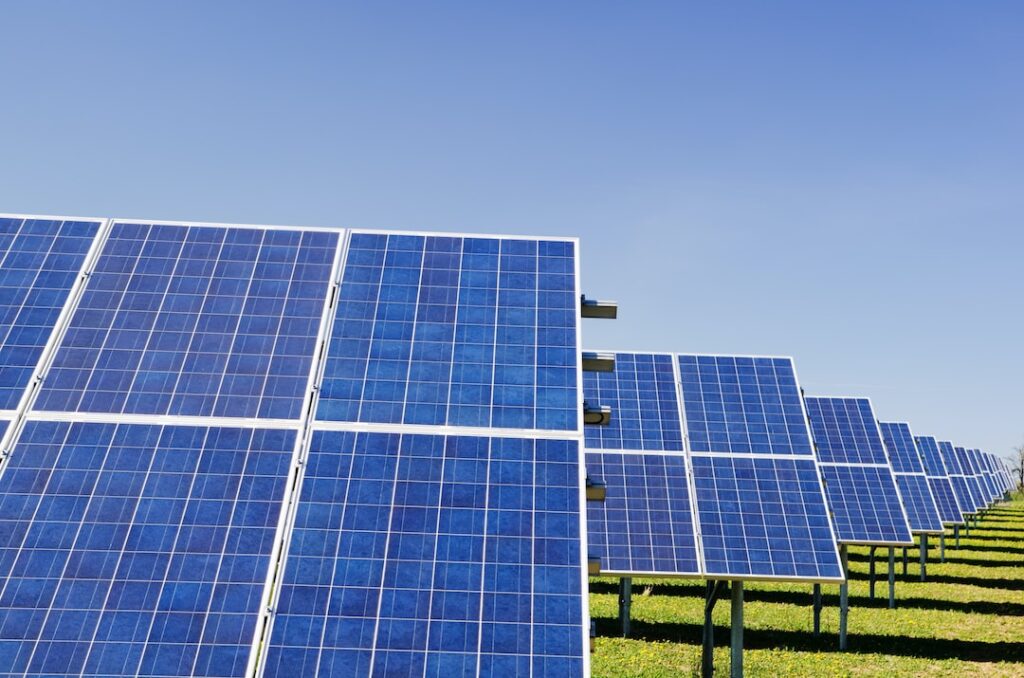What is a sustainable resource apex?
Businesses are striving to reach a sustainable resource apex, and they can do this by investing in renewable energy sources, utilizing sustainable materials, conserving water resources, and adopting waste reduction strategies. Additionally, implementing sustainable business practices is another way companies can achieve an environmental sustainability peak.
Achieving what is a sustainable resource apex requires finding the right balance between economic growth and environmental conservation. Let’s break down how you can reach this ultimate goal.
Table of Contents
Renewable Energy
Solar power is a renewable energy source that can be used by businesses to reduce their reliance on non-renewable resources. Solar panels convert the sun’s rays into electricity, which can then be used to power a business’s operations.
Businesses that use solar energy are able to save money on their utility bills and reduce their carbon footprint. For example, many companies have installed rooftop solar panels in order to generate free electricity for the entire building.
Wind power is another form of renewable energy that businesses can utilize in order to become more sustainable. Wind turbines capture the kinetic energy of the wind and convert it into electrical current, which can then be used for a variety of purposes such as powering lights or running machinery.
Businesses that use wind power are able to reduce their dependence on non-renewable sources of energy while also reducing emissions associated with burning fossil fuels for electricity generation.
Geothermal energy is an attractive renewable resource for businesses looking to become more sustainable. It utilizes the Earth’s natural heat stored beneath its surface in order to provide heating and cooling services. This type of system requires minimal maintenance compared with other forms of renewable energy, making it a cost-effective option that also has environmental benefits.
Sustainable Materials
Bamboo is a sustainable material that can be used in place of traditional materials like wood. It’s fast-growing, renewable, and doesn’t require the use of pesticides or fertilizers to grow. Bamboo can be used for furniture, flooring, and even clothing.
Recycled plastic is another sustainable material that businesses can use instead of traditional plastics. Recycled plastic uses less energy to produce than virgin plastic and reduces the amount of waste going into landfills. It can also be used for products such as packaging materials, outdoor furniture, toys, and more.
Hemp and organic cotton are two sustainable materials that businesses can use instead of synthetic fabrics like polyester or nylon. Hemp is naturally resistant to pests, so it does not require the use of chemicals during production. Organic cotton is grown without any chemical fertilizers or pesticides, reducing water pollution from runoff caused by these chemicals entering nearby waterways.
Both hemp and organic cotton are great alternatives for apparel items such as t-shirts or bags, as well as home goods like bedding or towels.
Sustainable materials are an important part of creating what is a sustainable resource apex. By utilizing these materials, we can reduce our environmental impact and create a more sustainable future.
Water Conservation
Rainwater harvesting is a sustainable resource for businesses that involves collecting and storing rainwater from rooftops, gutters, or other surfaces to be used later. This method of water conservation can help reduce the amount of water needed from municipal sources and can also provide an additional source of irrigation for landscaping needs. For example, many restaurants are now using rainwater harvesting systems to collect runoff from their roofs which they then use in their dishwashing machines and toilets.
Greywater reuse is another sustainable resource for businesses where wastewater generated by showers, sinks, and washing machines is reused for flushing toilets or outdoor irrigation systems. Businesses such as hotels and resorts are increasingly taking advantage of this technology to save money on their utility bills while reducing their environmental impact.
Water-efficient fixtures and appliances are becoming increasingly popular among businesses looking to conserve water while still maintaining efficiency levels in operations. Low-flow showerheads, faucets with aerators, dual flush toilets, and low-volume dishwashers have all been designed specifically with sustainability in mind.
As part of larger green initiatives aimed at reducing energy costs and improving environmental stewardship, many companies are now installing these types of fixtures throughout their buildings.
 (Source)
(Source)
Sustainable Business Practices
Eco-Friendly Packaging Solutions
Businesses can reduce their environmental impact by switching to eco-friendly packaging solutions. This includes using recyclable materials such as cardboard, paper, and biodegradable plastics for product packaging. ‘
Additionally, businesses should consider reusable or refillable containers when possible. These sustainable packaging options are not only better for the environment but also help to reduce costs in the long run.
Carbon Offsetting Programs
Carbon offsetting is a way of reducing carbon emissions from business operations by investing in projects that have a positive environmental impact. Examples include planting trees, funding renewable energy projects, and supporting conservation efforts.
By taking part in these programs, businesses can significantly reduce their carbon footprint.
Sustainable Supply Chain Management
It is essential for businesses to minimize waste and optimize efficiency throughout all stages of production. Source materials locally whenever possible to reduce transportation impact on the environment.
Companies should also aim to use renewable energy sources wherever feasible in order to further decrease their environmental footprint.
FAQs About What Is a Sustainable Resource Apex
What is a sustainable resource?
A sustainable resource is a natural resource that can be used without being depleted or permanently damaged. Examples of sustainable resources include solar power, wind turbines, and organic agriculture. Sustainable resources are managed in ways that minimize environmental impacts while still providing the goods and services needed by society.
How can you make a potentially renewable resource sustainable apex?
Sustainable resources are those that are monitored carefully so they don’t run out. You have to make sure you don’t overuse them or they may never come back.
Conclusion
By investing in these initiatives, businesses can reduce their environmental impact and reach what is a sustainable resource apex.
Ultimately, sustainability is not only beneficial for our planet but it’s also beneficial for businesses too!
We must take action now to protect our planet and its resources. We need to create sustainable solutions that will help us reduce the depletion of vital resources like water, air, land, and energy. To do this we must invest in renewable energy sources, implement conservation practices, and educate our employees on how best to manage natural resources responsibly.
{“@context”:”https:\/\/schema.org”,”@type”:”FAQPage”,”mainEntity”:[{“@type”:”Question”,”name”:”What is a sustainable resource?”,”acceptedAnswer”:{“@type”:”Answer”,”text”:”
A sustainable resource is a natural resource that can be used without being depleted or permanently damaged. Examples of sustainable resources include solar power, wind turbines, and organic agriculture. Sustainable resources are managed in ways that minimize environmental impacts while still providing the goods and services needed by society. “}},{“@type”:”Question”,”name”:”How can you make a potentially renewable resource sustainable apex?”,”acceptedAnswer”:{“@type”:”Answer”,”text”:”
Sustainable resources are those that are monitored carefully so they don’t run out. You have to make sure you don’t overuse them or they may never come back. “}}]}





